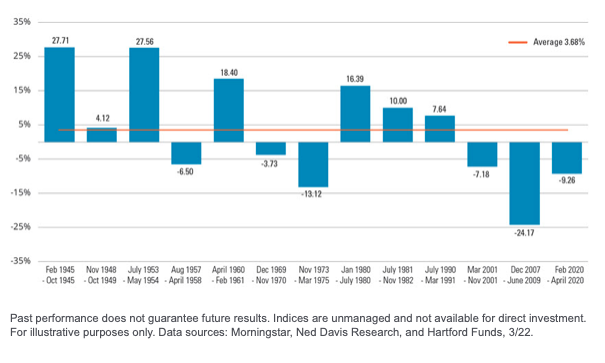By David Munn, CFP
Managing your finances can be complex, especially when it involves giving to multiple charitable organizations. In cases where donors are seeking to simplify their giving and maximize tax benefits, we frequently recommend utilizing a Donor Advised Fund (DAF).
A DAF is essentially a charitable investment account that allows you to contribute cash or other assets, receive an immediate tax deduction, and recommend grants from the fund over time. This process can simplify giving and mitigate taxes significantly, making it an attractive choice for individuals, families, or businesses that wish to make a substantial societal impact.
In essence, a DAF allows you to separate the act of claiming a tax deduction from the decision about which charities to support, providing both convenience and strategic advantages.
Donating to a DAF is relatively simple. An individual or entity makes an irrevocable contribution to the fund, which is then invested based on the donor's preferences. The assets within the fund have the potential to grow tax-free. Although the donor relinquishes ownership of the donated assets, they retain advisory privileges to direct how the contributions are distributed to charities.
DAFs offer several significant tax advantages. First, donors receive an immediate tax deduction in the year they contribute to their DAF. This feature can be especially useful in years when donors have higher-than-normal income, such as from selling a business or receiving a large bonus. They can offset this income by making a sizable contribution to their DAF, thus reducing their taxable income.
Secondly, DAFs can accept donations of various types of assets, including cash, stocks, bonds, real estate, and private business interests. If you donate appreciated assets held for more than one year – particularly stocks or real estate - to a DAF, you can avoid capital gains tax. This arrangement is usually more tax-efficient than selling the assets and donating the after-tax proceeds.
Finally, by bunching or front-loading charitable donations into one year, donors can exceed the standard deduction limit and itemize their deductions, potentially reducing their tax liability further. In subsequent years, they could take the standard deduction, all while recommending grants from their DAF.
Donors also appreciate the simplicity of DAFs. They make one large contribution and then recommend grants to their chosen charities over time without worrying about record-keeping for tax purposes. The administrative tasks are managed by the sponsoring organization that oversees the DAF. Moreover, donors have the freedom to be as involved as they want in their grantmaking decisions, and can involve their family in the process as well.
A Donor Advised Fund represents a simple yet effective strategy for charitable giving with significant tax benefits. By consolidating charitable donations into a DAF, donors can simplify the giving process, optimize their tax deductions, and create a lasting impact.
This material is intended to be educational in nature, and not as a recommendation of any particular strategy, approach, product or concept for any particular advisor or client. These materials are not intended as any form of substitute for individualized investment advice. The discussion is general in nature, and therefore not intended to recommend or endorse any asset class, security, or technical aspect of any security for the purpose of allowing a reader to use the approach on their own. Before participating in any investment program or making any investment, clients as well as all other readers are encouraged to consult with their own professional advisers, including investment advisers and tax advisors. Munn Wealth Management, LLC, is registered as an investment adviser (RIA) with the United States Securities and Exchange Commission. Registration as an investment adviser does not imply any certain degree of skill or training. 1323GQS






